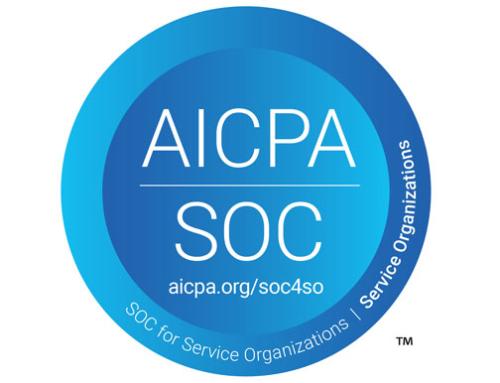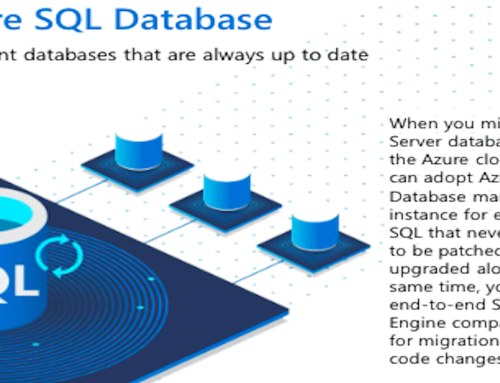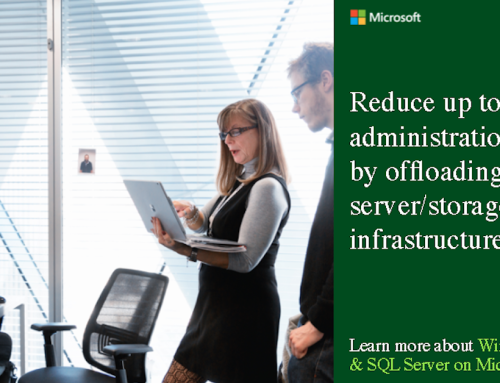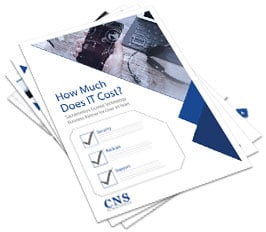Has the cloud changed how you update your hardware?
The cloud, as a concept, still creates confusion: what is it, why does it have to exist, where is it, what should we do differently, and how has it changed how we manage updates? The latter question is a major consideration for businesses everywhere – are you expected to leave things to manage themselves in the cloud, or do you still have to hit refresh on your hardware?
One technology expert describes the cloud like this: it’s like renting technology resources instead of having to find space for them yourself, just as you might rent a house instead of buying one. The issue of maintenance takes this analogy further: when you rent a house, any major maintenance goes through the landlord; in the cloud, updates are done by the landlord (for example, Google, Microsoft, Dropbox) too.
This doesn’t mean everything has changed now that the cloud does some of the work. Remember, a tenant always has to pitch in with the responsibility of looking after the property.
The cloud didn’t break the refresh cycle
Some IT managers think that the cloud means the old hardware refresh cycle is no more, but it is more complicated than that. The traditional hardware refresh cycle was based on two factors:
- The ability to support current software
- The residual value of leased hardware.
Residual value can make a difference in the hardware you lease or buy. It also pushes the cycle’s timing. Software support, though, has been the real driver. So, what happens when the market believes that software does not run on the hardware you own?
Software: still driving hardware
There is still plenty of software that needs capable local hardware, and these requirements can change even though part of the software is running on a different system in a different city.
The issue is no longer processing power; rather, networking, display, and I/O capabilities are racing to keep up with software requirements. These are driving upgrades and providing opportunities for organizations to severely bend, if not outright break, the refresh cycle.
If you are still leasing your hardware, financial considerations may keep you more closely tied to the traditional hardware updates. However, if you’re buying hardware, there are some opportunities at hand.
Tablets
One of the primary opportunities has been to replace desktops and laptops with tablet devices. Portable and powerful, these devices can act as controllers for manufacturing processes and full-fledged desktop replacements through virtual desktop infrastructure (VDI) deployment.
When it comes to high-demand engineering and analytical visualization, organizations are finding they can move video rendering to a central server with displays presented on desktop and tablet hardware through those same virtual desktops.
Hardware: still important!
VDIs do not mean that hardware no longer matters; rather, they make it matter in different ways.
For example, the refresh cycle now includes mobile devices and component systems within desktop workstations. Where processing concerns push system refresh, they will increasingly center on whether a GPU-based hardware co-processor will provide the boost that engineering and scientific visualization users require. The question of where software components run is far less important than the question of what it will take to put results in front of the user in the proper format.
The cycle has not broken, rather it has evolved in an increasingly cloud-dominated IT landscape. That makes it time to refresh your purchasing policies to match the new realities of the refresh cycle.





